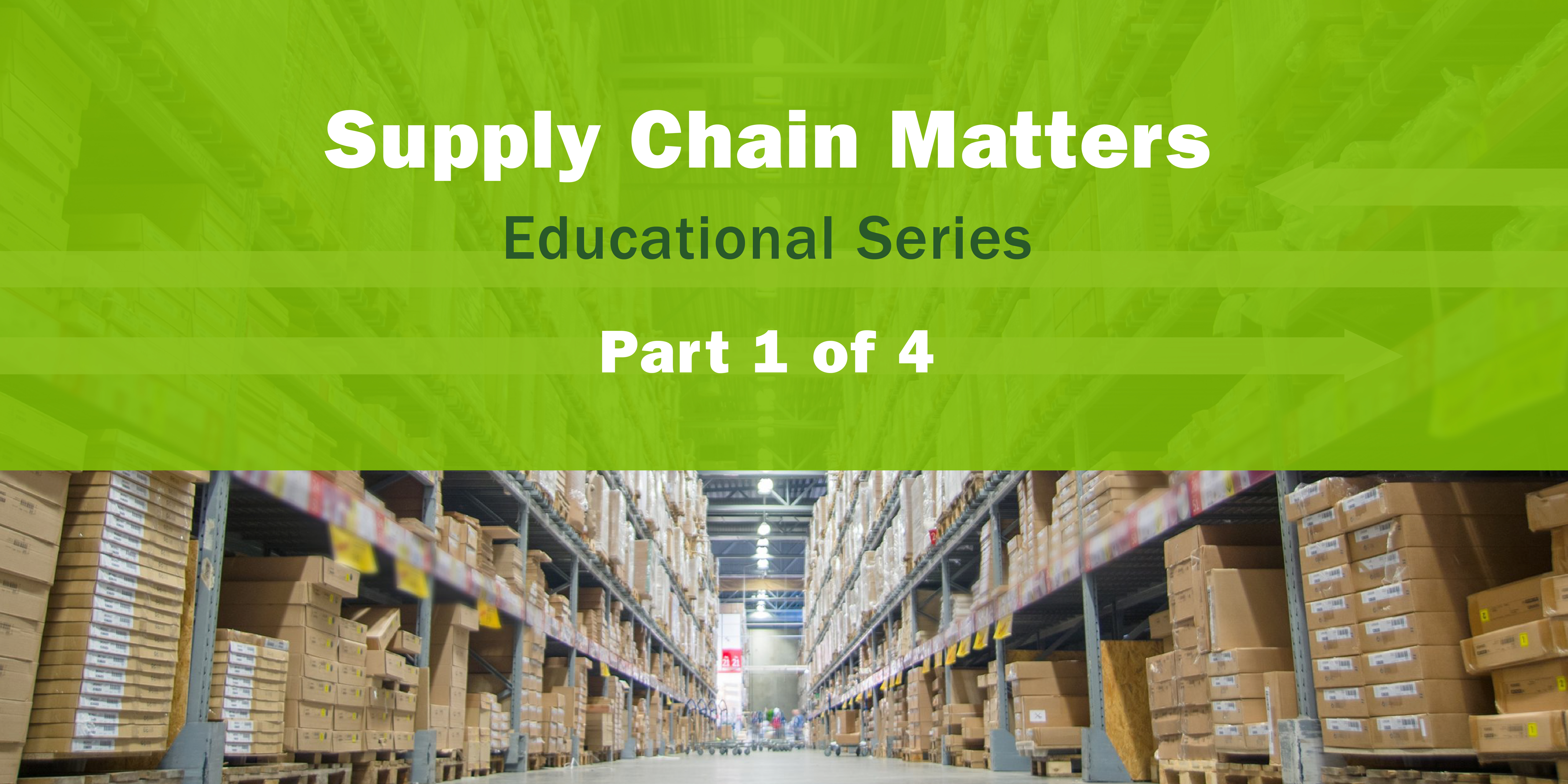AUTOSCHEDULER.AI FEATURED IN Supply Chain Matters Education Series - Part 1 of 4
Primer For Control Layer Technology Platforms Applied To Warehousing And Customer Fulfillment Processes
By Bob Ferrari – Posted March 14, 2023
Supply Chain Matters provides a first installment in a four-part technology market education series where we address the evolving use of Cloud based control layer technology platforms applied to warehousing and customer fulfillment processes. This initial posting provides readers with an overview and primer for this type of technology. Subsequent installments will address implementation considerations and helpful hints, along with specific case study deployment examples.
This joint thought leadership series is provided in collaboration with AutoScheduler.AI.
Background
In our recently published 2023 Predictions for Industry and Global Supply Chain Research Advisory report, we included a specific prediction relative to technology adoption trends. Further, a specific Supply Chain Matters commentary published on January 20, 2023 provided two examples of control layer technology approaches applied to warehousing and manufacturing execution. Both summarized some important market education which included:
- Cloud platform technology offerings are now being positioned to augment the synchronization of planning and execution processes and workflows, including material flow and labor allocation processes and decision making within a facility of grouping of facilities.
- Positioned to coexist above existing backbone ERP and specialty supply chain process management software applications as a means to augment enhanced decision-making needs.
- For warehousing and distribution management processes, control layer technology can bridge the gap between warehouse planning and physical execution workflows. It can further address much more variable processes that are subject to frequent changes and/or disruptions.
- Designed to extract and augment key analytics and insight information, provide timely context and process synchronization without the need for a rip and replace approach.


